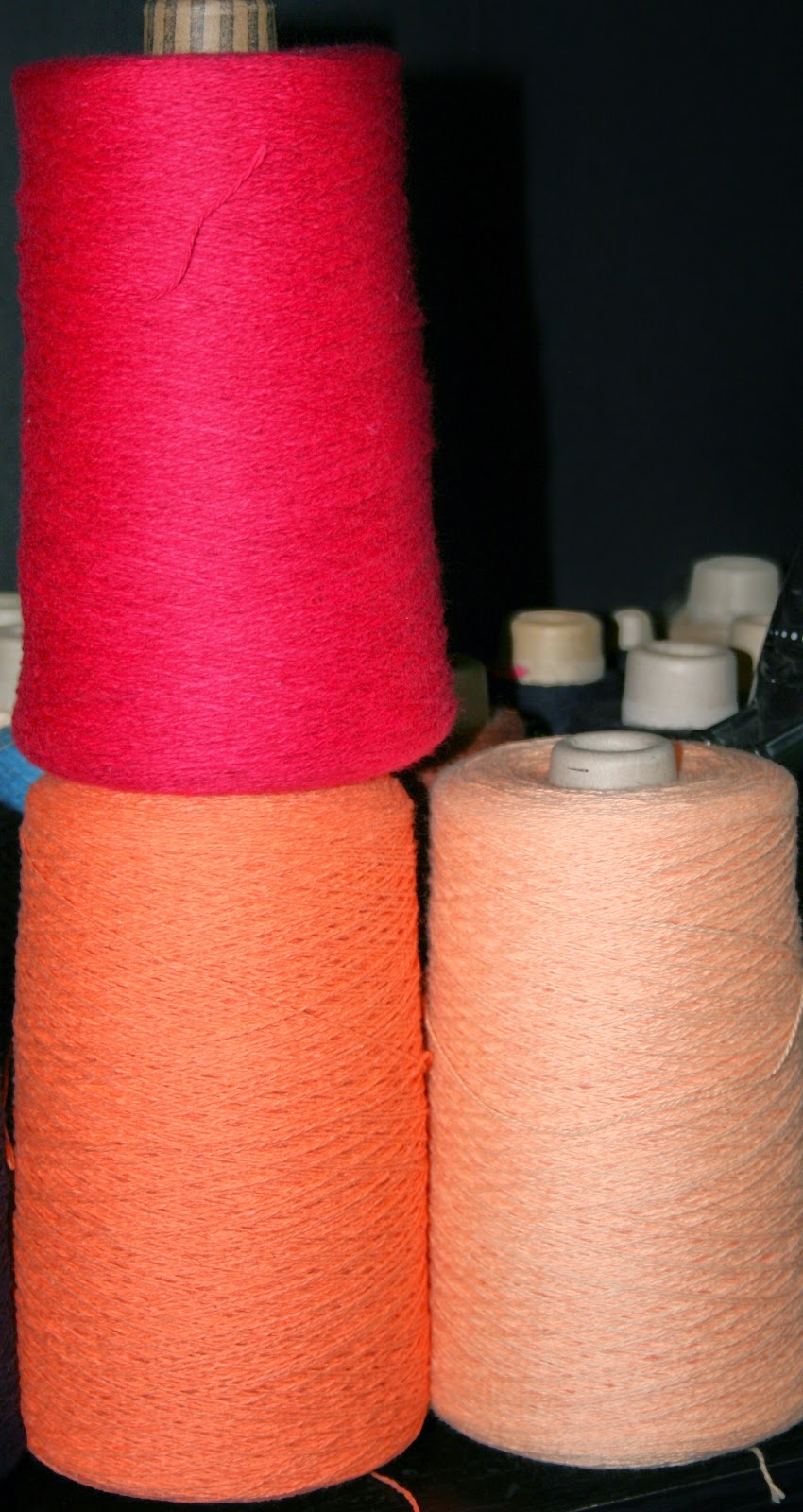Weaving History - Overshot Coverlets
| Good source book of American weaving history |
Coverlets were predominately produced during the Eighteenth and Nineteenth centuries. Today, they are seen traditionally as Colonial pieces, and are often placed in colonial settings. The coverlets were used to cover beds as well as to provide extra layers of warmth."[a] woven bedcovers, used as the topmost covering on a bed. The weaver worked on a loom to construct the textile itself one row at a time, and the pattern was woven in as part of the process." 1
Created from cotton and linen or cotton, these items are warm, sturdy articles heavy enough to keep away drafts. The coverlets also incorporated many beautiful woven designs including overshot, double weave and Jacquard, the last providing many of the highly complex weaves on the coverlets.
For my Lancastrian series, the weavers focus primarily on overshot patterns, of which are a plethora of patterns. In addition, the Jacquard loom wasn't invented until 1820. According to Mary Meigs Atwater, an American woman who focused on researching American weaving history during the first half of the twentieth century, overshot patterns are a common weaving style,
"probably [coming] to us with the Puritan settlers of New England, as some of the old pattern names seem to indicate."2
While Meigs Atwater discovered overshot patterns in other European cultures, she rarely found the breadth of overshot patterns (draughts) or coverlets in other cultures. It appears that overshot coverlets are a uniquely American weave.
The overshot pattern, which creates a variety of beautiful weaves, became a coverlet pattern partly because the designs didn't suit clothing per say. Other twill weaves from herringbone and bird's eye to houndtooth were standard clothing weaves, leaving overshot and its beauty to the coverlets.
Compass and Rose, Lover's Knot and Honeysuckle are some of the names given to common patterns. Many overshot patterns include circles, created from optical illusions on a grid (as seen below).
 |
| Circle on a Grid |
The other aspect of overshot is how the weave is created adds to the intrigue. The basic definition of overshot is the weft over shoots two warp threads.
 |
| Weft floats of wool over cotton |
In the example above, woven on my rigid heddle loom, you can see the weft floats created by a pick-up stick. In fact, like overshot, the pattern was woven with a wool weft over a cotton warp. The weft is the teal color, whereas the warp is the dark brown. As you can see there are floats on the woven surface which create little to no interest. The weft floats on a rigid heddle loom are not the same as overshot, because (a) overshot is woven on twill, not plain weave and (b) overshot usually has fewer warp ends to shoot over. The other major difference is that the overshot pattern is visible as the weave develops, not after a wash.
The first photo was taken before the scarf was washed whereas the second photo was taken after the scarf was washed. As you can see, the grids softened into illusions of circles, emphasized in part due to the chocolate warp threads.Overshot coverlets are beautiful pieces of American craftsmanship. They were predominately woven by housewives for their families, though as the American economy took off, more purchased coverlets from professional weavers.
It is not a lost craft, but sometimes you do have to hunt for it.
Bibliography
1. The National Museum of the American Coverlet, accessed 11 June 2014.
2. Atwater, Mary Meigs. The Shuttle-craft Book of American Hand-weaving. New York: The Macmillan Company, 1966.



Comments
Post a Comment